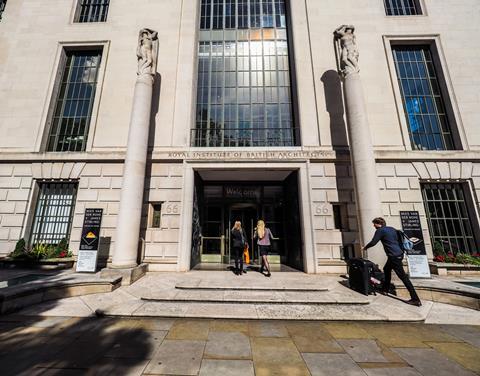Mood of profession continues to improve as economy steadies
Smaller practices are expecting their workloads to increase for the first time in more than a year, according to RIBA’s latest Future Trends survey.
Firms which employ 10 staff or less returned an index figure of +3 to the monthly sentiment survey for May, a four point rise compared to the previous set of results for April.

Any figure above zero indicates practices on balance expect workloads to increase over the next three months.
It came amid continuing improvements in the mood of the wider profession, with the workload index for practices of all sizes edging up four points to +6.
Optimism has been steadily building in the sector since January, with April seeing the overall index edging above zero for the first time in ten months following a prolonged period of gloom which has been the longest unbroken run of pessimism recorded by the survey since it started in 2009.
Medium and large practices, those which employ 11 or more staff, have had a brighter outlook for some time but May’s results saw their workload optimism jump by a further 11 points to +30.
Sentiments also improved in three out of the four monitored sectors, with the commercial sector looking the most optimistic at +4 in May, up from zero in April, although the private housing sector slid by five points to +2.
RIBA head of economic research and analysis Adrian Malleson said: “The long stretch of subdued outlook that lasted from mid-2023 to early 2024 looks increasingly far behind us.”
But he said caution was still needed with some firms continuing to report challenges including planning delays, downward fee pressure and an unwillingness from clients and developers to commit to projects.
“Cash flow is increasingly an issue as projects progress slowly or clients pay late,” he added.
“Nevertheless, some practices report increased enquiries, slowly returning confidence in the domestic sector, and, locally, improvement in the speed of planning application progress.”
The survey’s staffing index remained steady at zero in May, meaning the same number of firms expect to increase staff as those which expect cuts.
















No comments yet